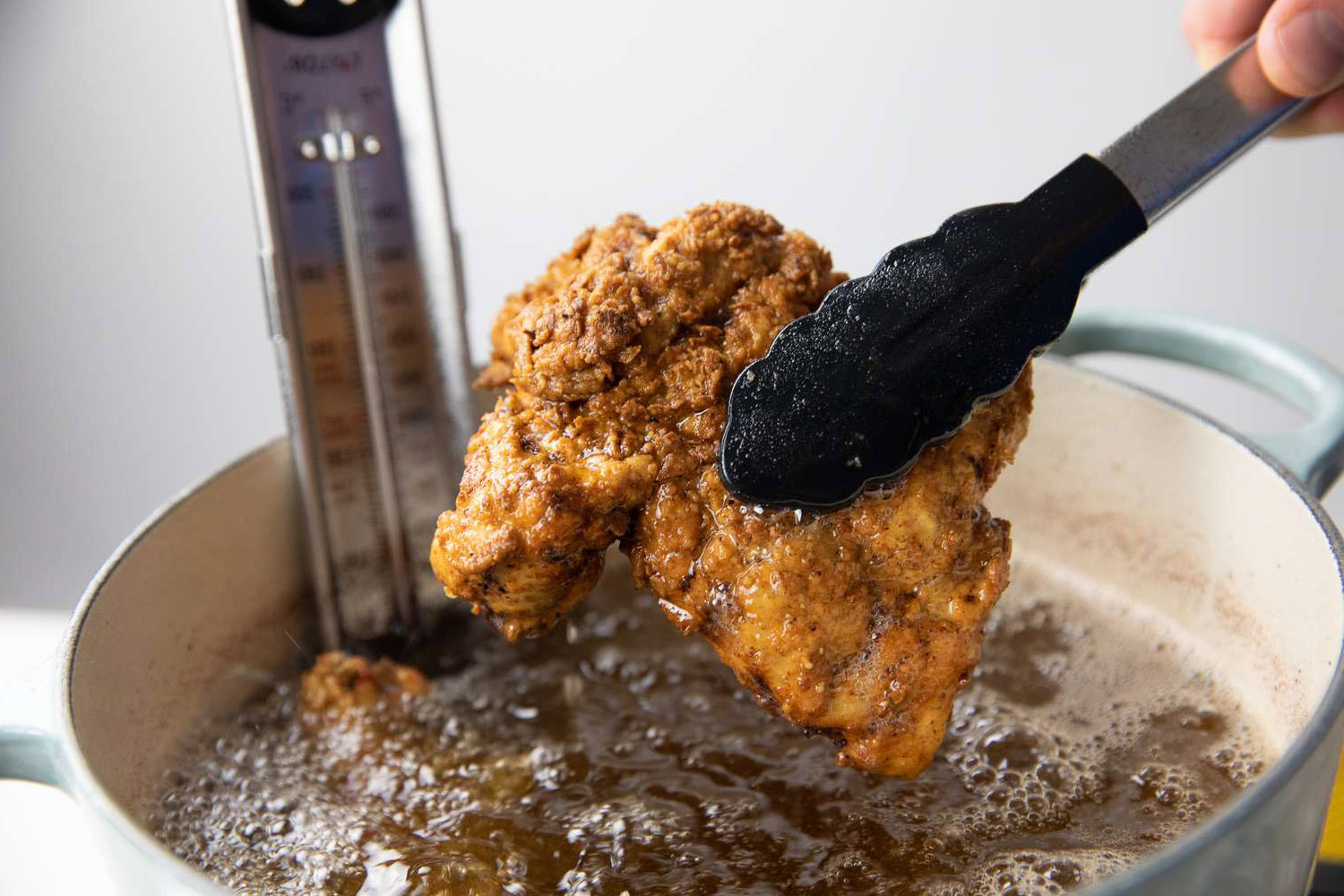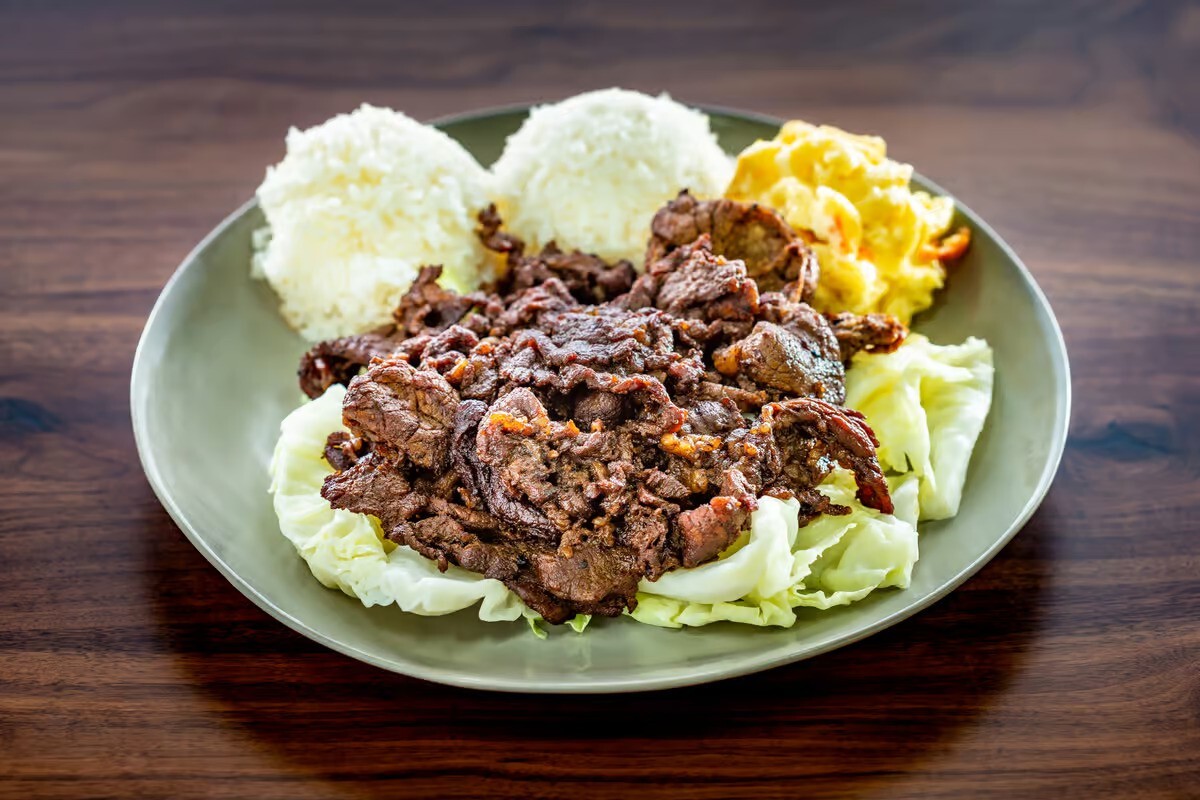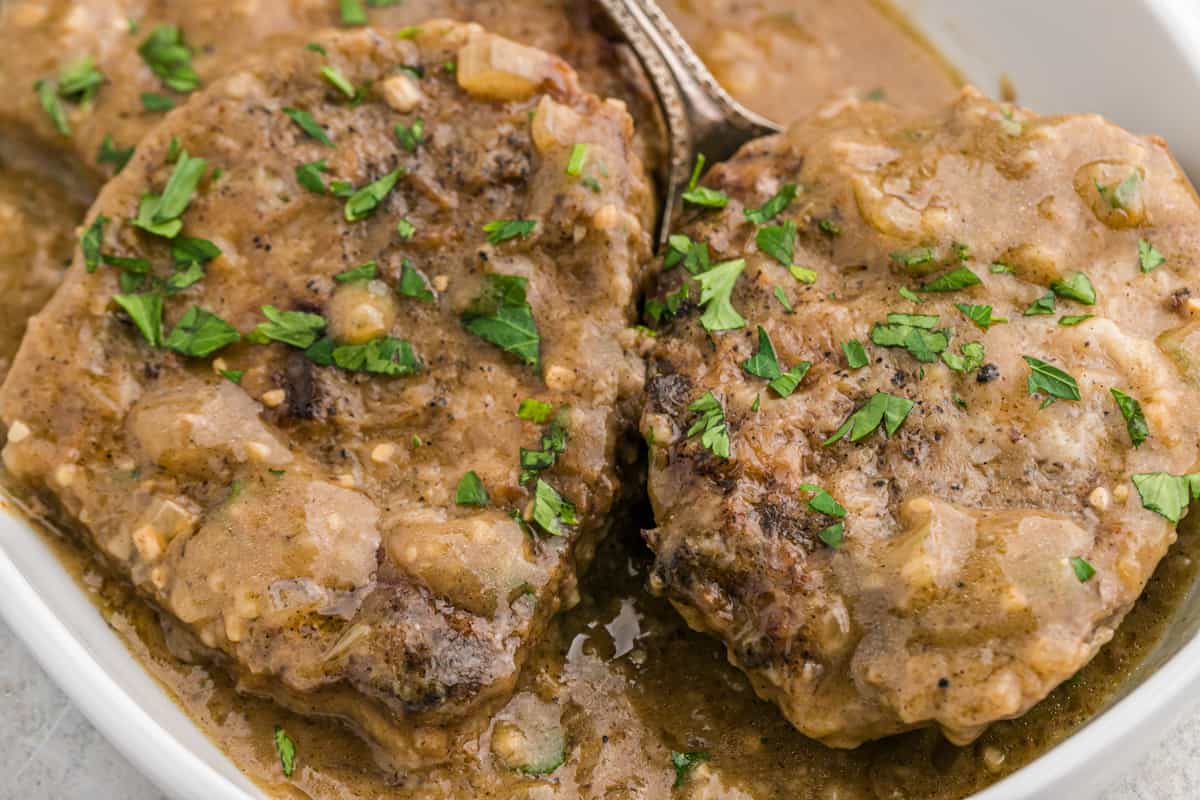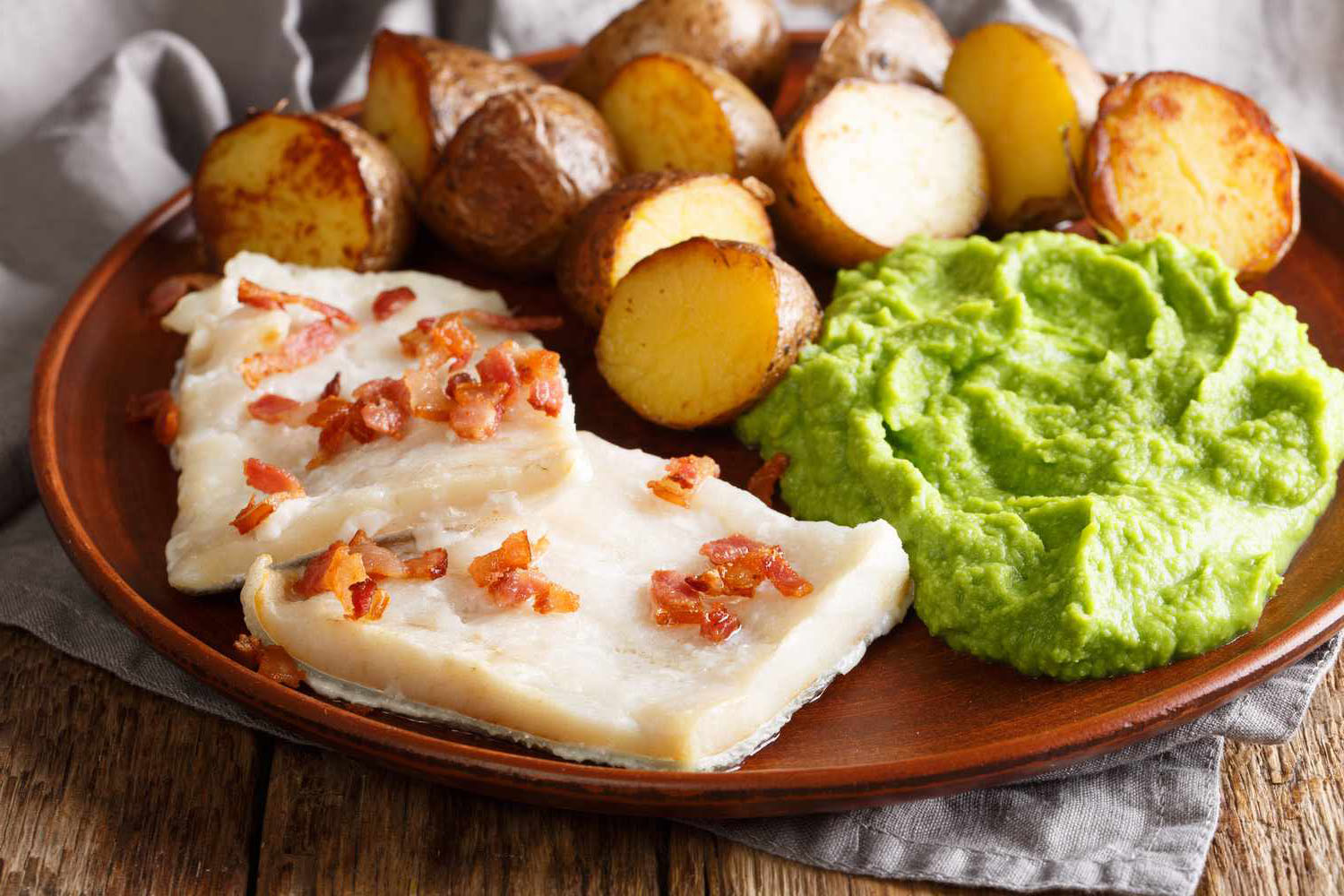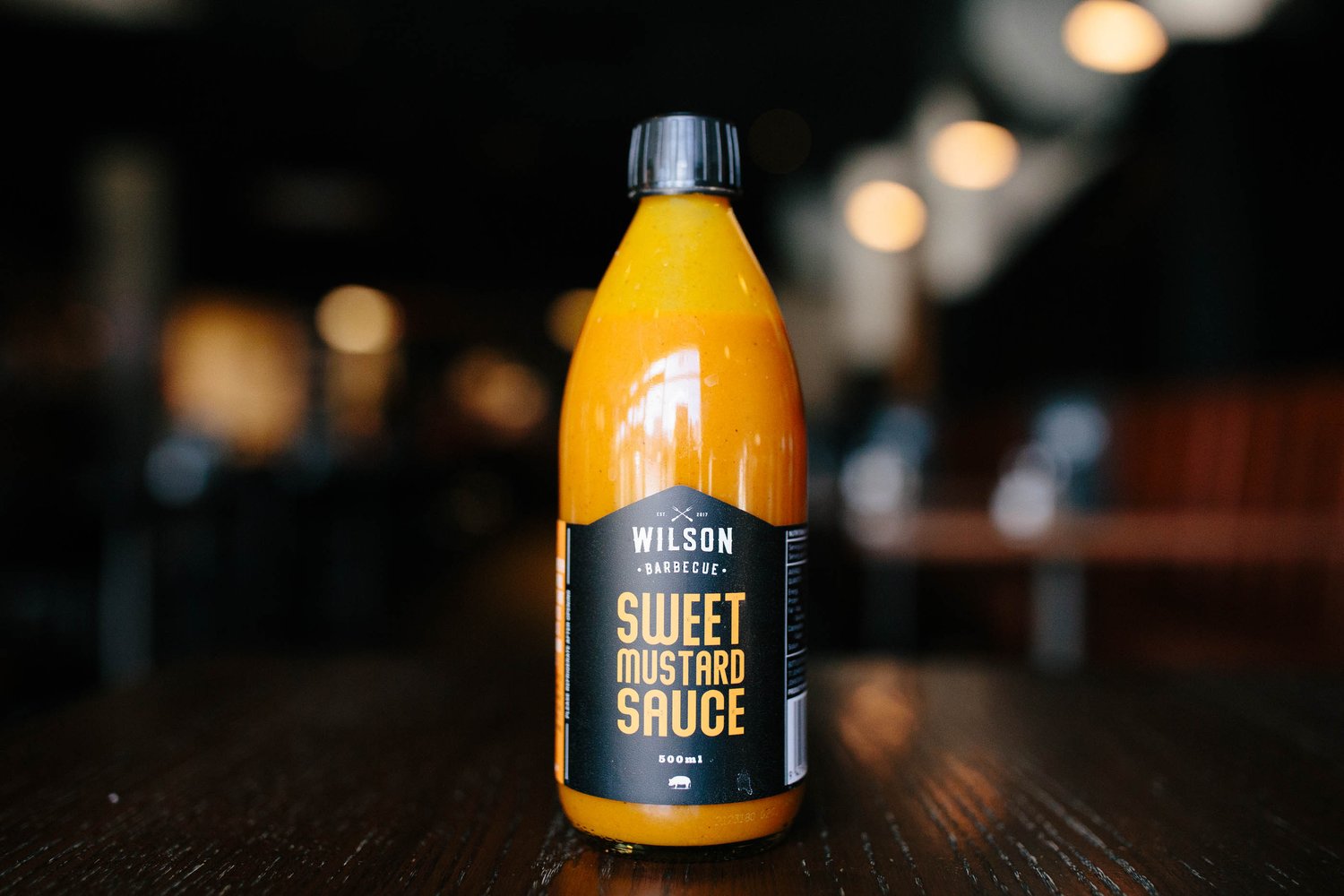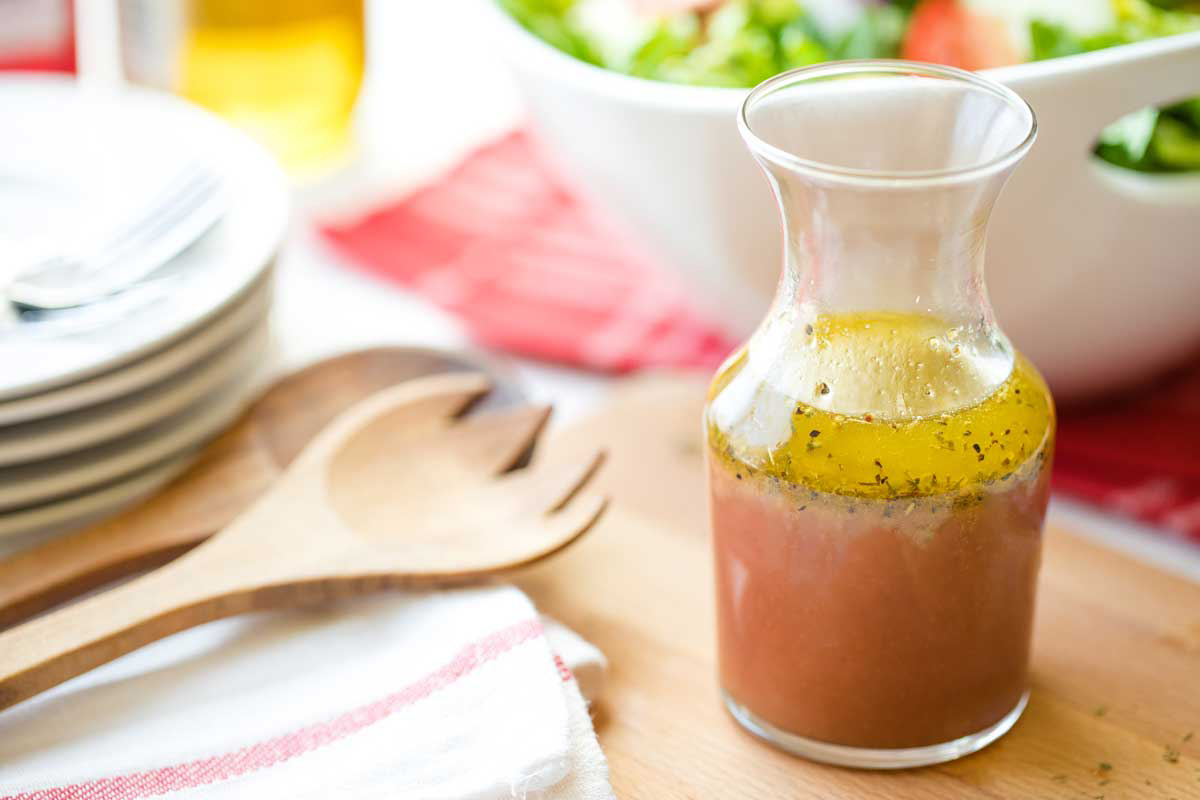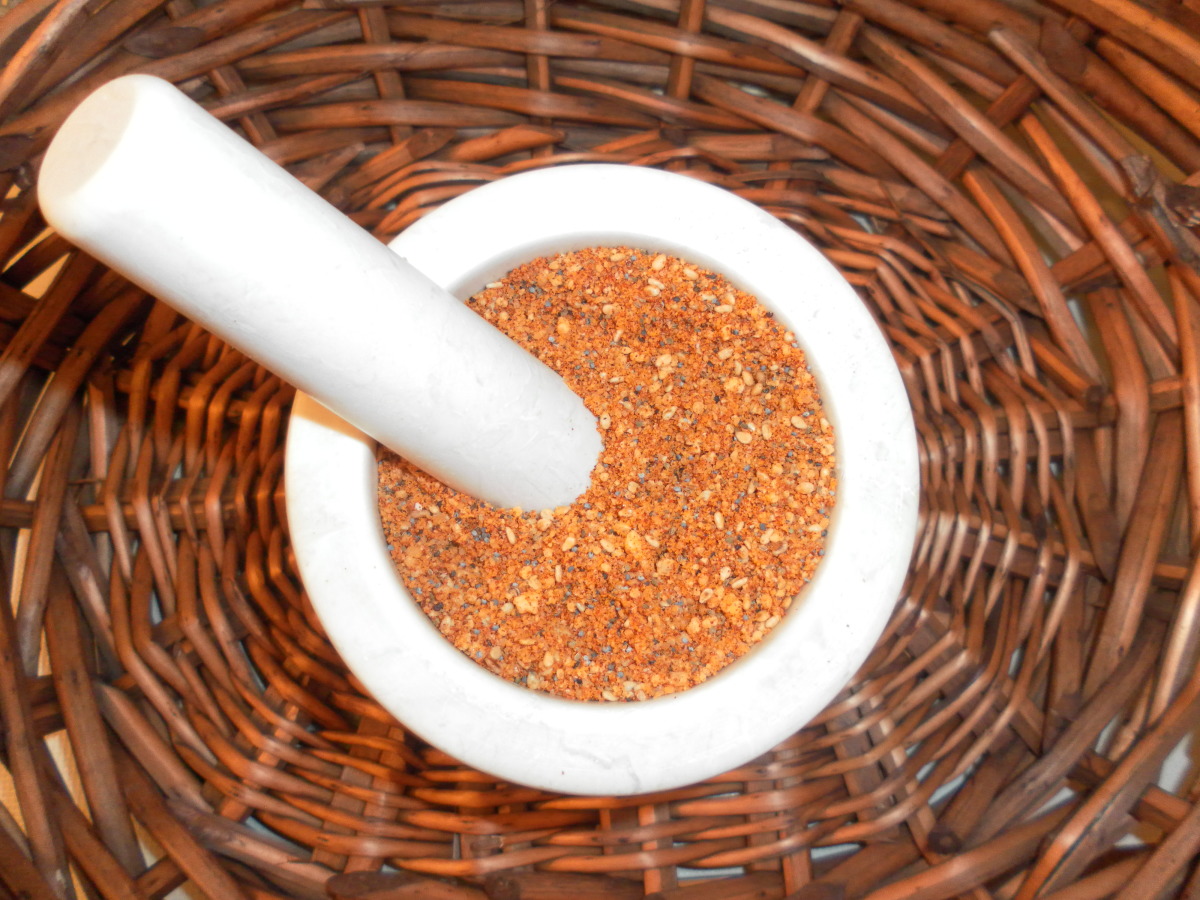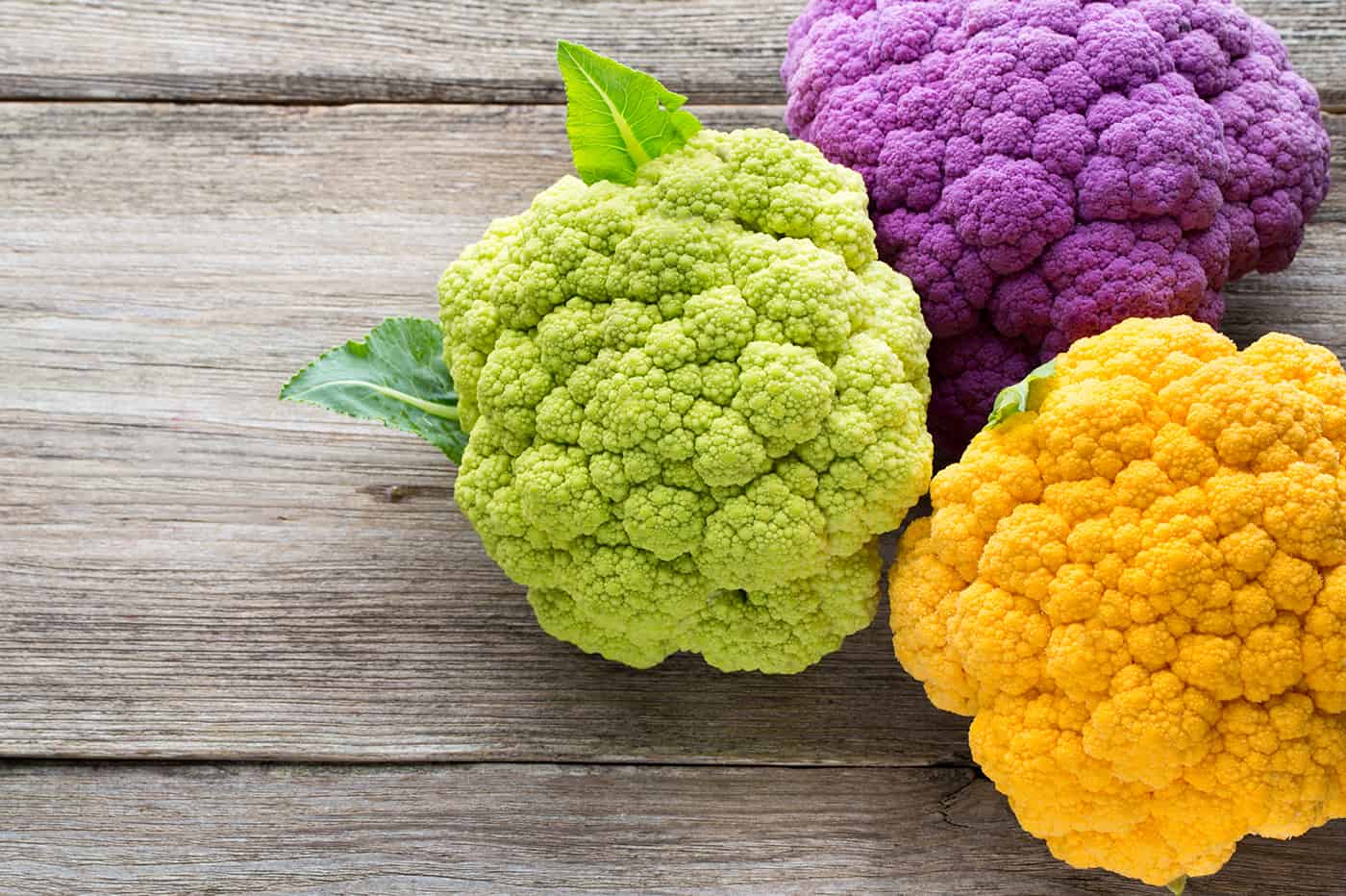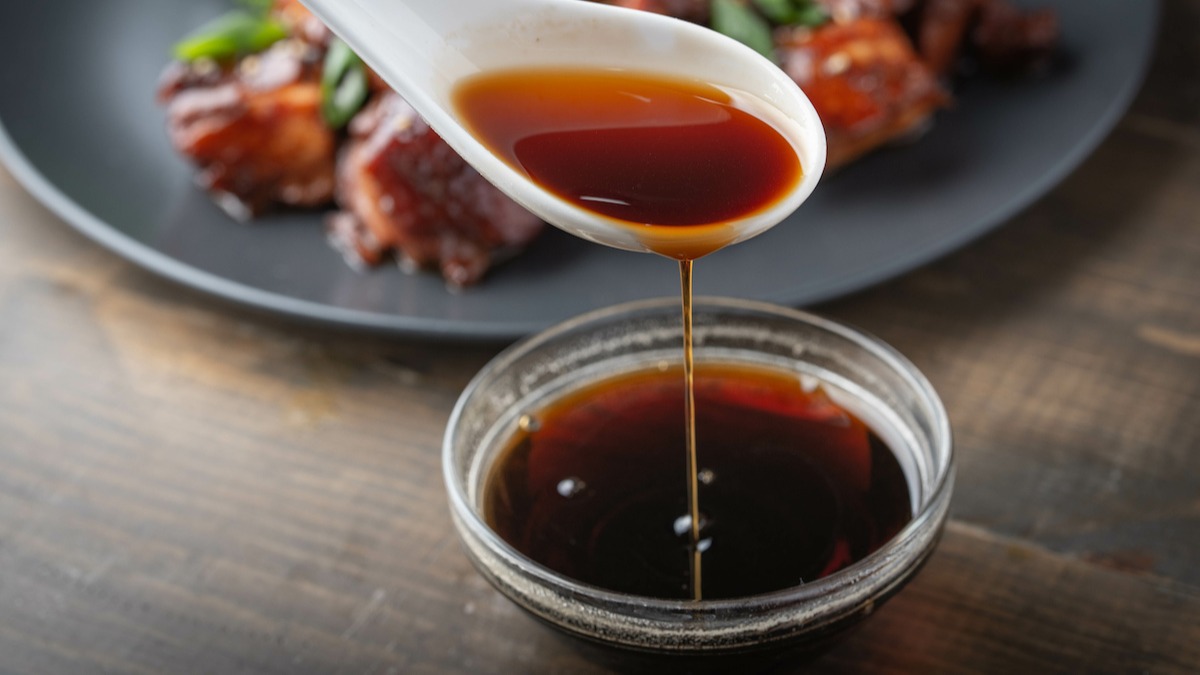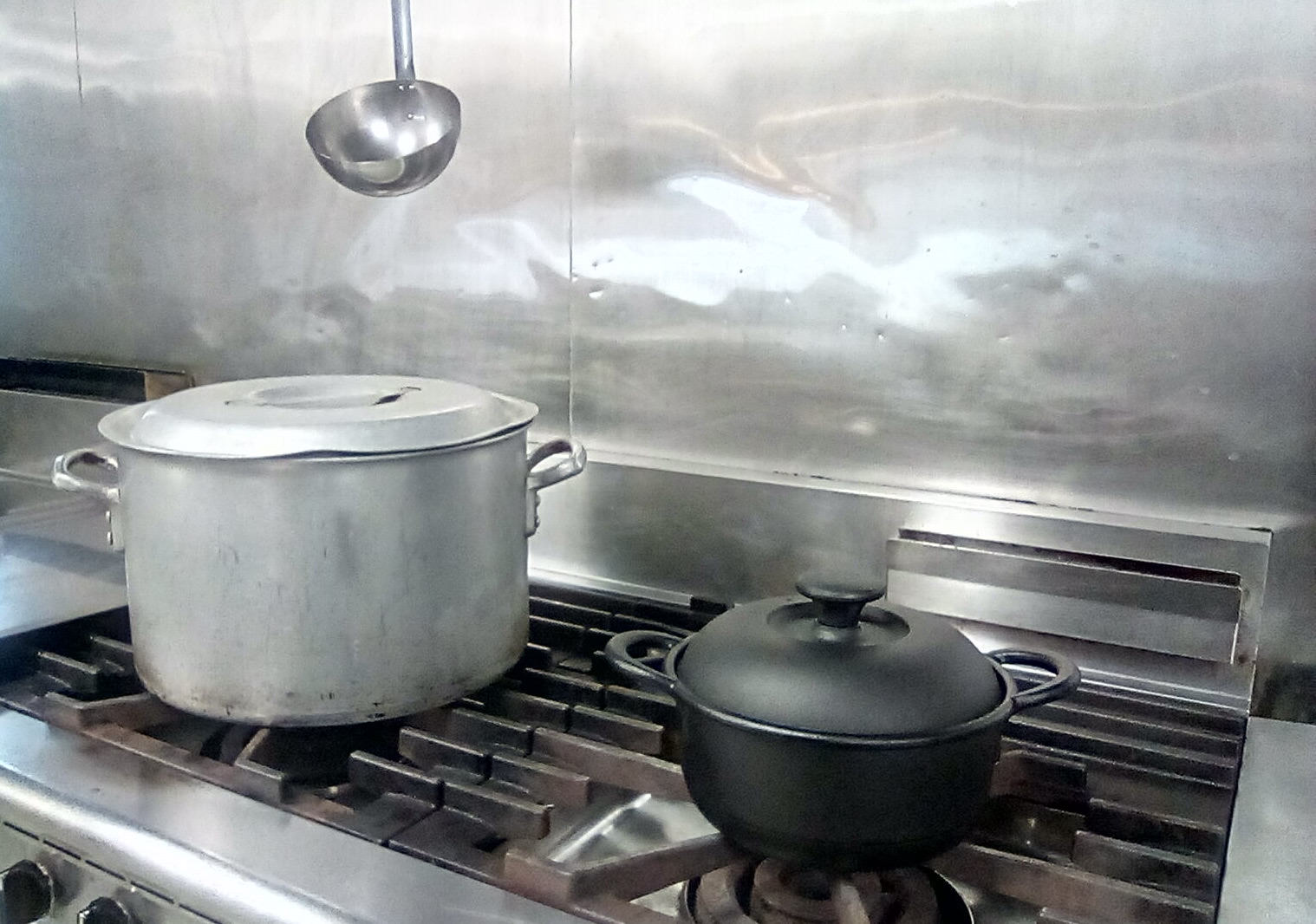Understanding Unbleached Flour
When it comes to baking, flour is a key ingredient that serves as the foundation for many delicious treats. While most people are familiar with all-purpose flour, there are different types of flour available, each with its own unique properties. One such type is unbleached flour, which has been gaining popularity among home bakers and professional chefs alike. In this article, we will explore what unbleached flour is and how it differs from other types of flour.
What is Unbleached Flour?
Unbleached flour is made from wheat that has not undergone a bleaching process. During the production of unbleached flour, the wheat is milled and then aged naturally, allowing it to whiten on its own over time. This natural aging process gives unbleached flour its characteristic off-white color.
How Does Unbleached Flour Differ from Bleached Flour?
One of the main differences between unbleached flour and bleached flour is the method used to whiten the flour. Bleached flour undergoes a chemical bleaching process, which involves the use of additives such as benzoyl peroxide or chlorine gas to speed up the whitening process. In contrast, unbleached flour relies on natural aging to achieve its color.
Benefits of Using Unbleached Flour
There are several reasons why many bakers prefer to use unbleached flour in their recipes:
- Natural Aging: Unbleached flour is aged naturally, allowing it to develop its color and flavor without the use of additives.
- Chemical-Free: Since unbleached flour does not undergo a bleaching process, it is free from the chemical additives used in bleached flour.
- Richer Flavor: Many bakers believe that unbleached flour has a slightly richer flavor compared to bleached flour, which can enhance the taste of baked goods.
- Environmental Impact: Choosing unbleached flour supports a more natural and environmentally friendly approach to food production.
How to Use Unbleached Flour in Baking
Unbleached flour can be used in a wide variety of baking recipes, including bread, cakes, cookies, and pastries. When substituting unbleached flour for bleached flour in a recipe, it is important to note that unbleached flour may have a slightly higher protein content, which can affect the texture of the final product. It is recommended to adjust the liquid content or mixing time as needed to achieve the desired results.
Where to Find Unbleached Flour
Unbleached flour is readily available in most grocery stores and supermarkets, typically alongside other types of flour such as all-purpose and whole wheat. Many specialty food stores and online retailers also offer a wide selection of unbleached flour for those who prefer to explore different brands and varieties.
In Conclusion
Unbleached flour offers a natural and chemical-free alternative to bleached flour, making it a popular choice for those who are conscious of the ingredients they use in their baking. Whether you are a seasoned baker or just starting out, experimenting with unbleached flour can add a new dimension to your culinary creations, providing a wholesome and flavorful foundation for all your favorite recipes.
Next time you’re in the kitchen, consider reaching for a bag of unbleached flour and experience the difference it can make in your baking endeavors.
Was this page helpful?
Read Next: What Is Subway’s Chipotle Sauce?
